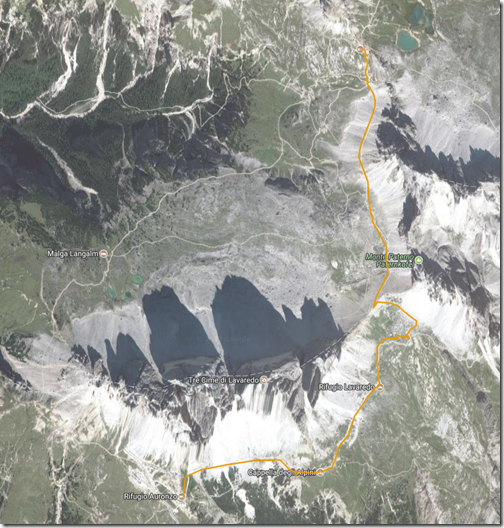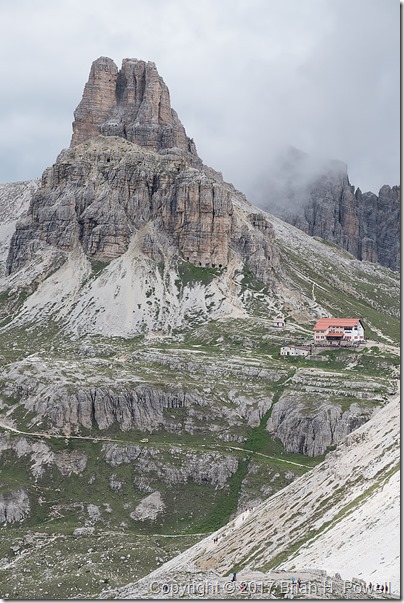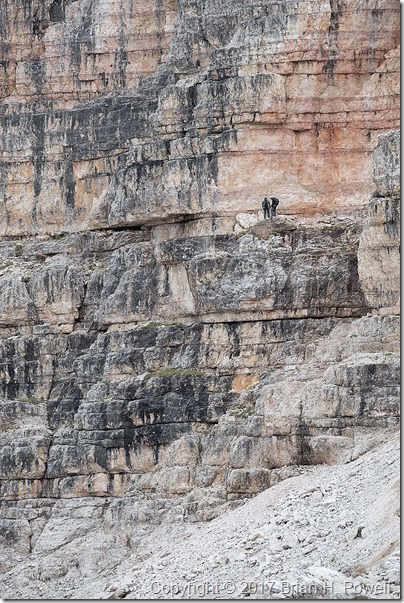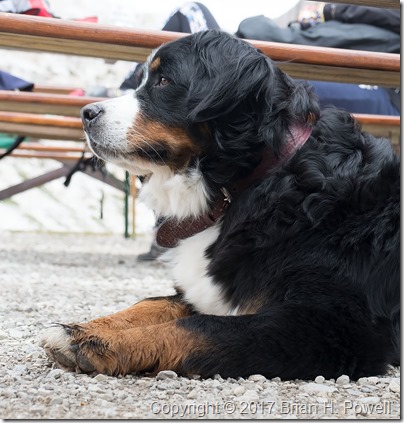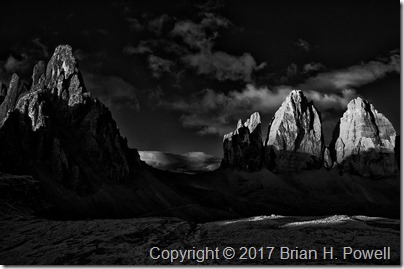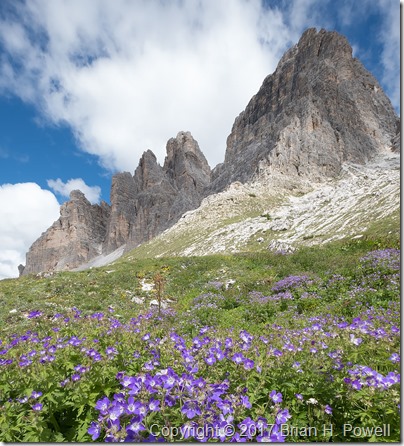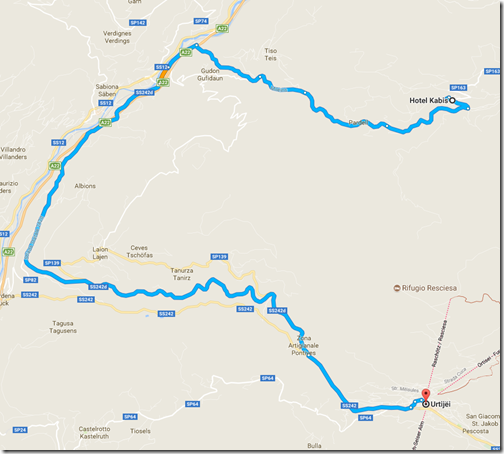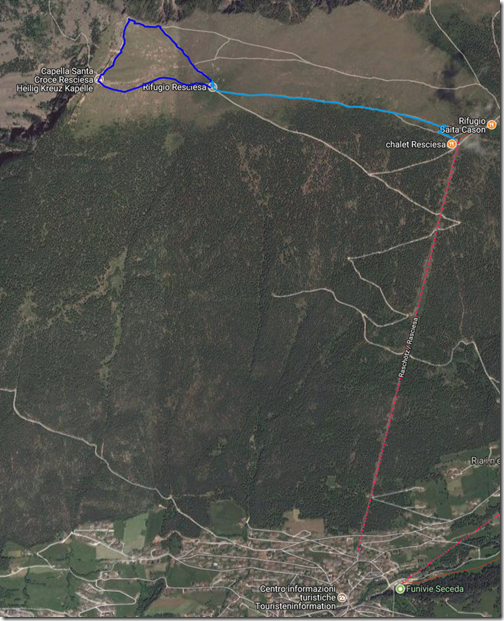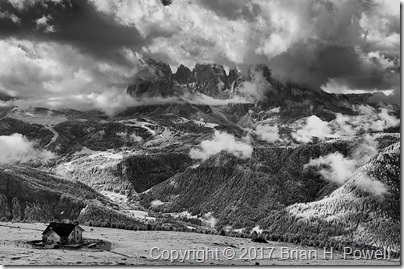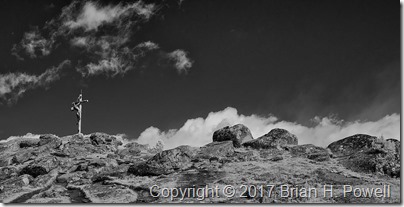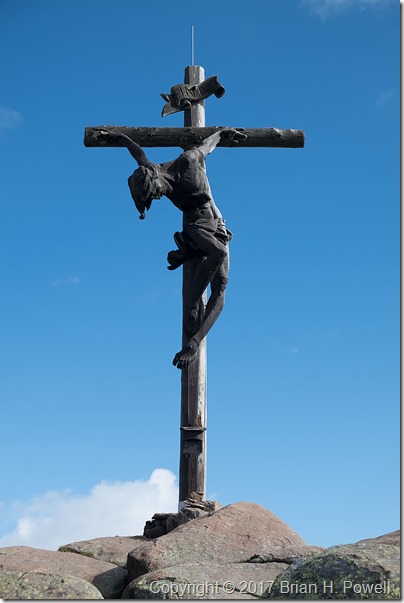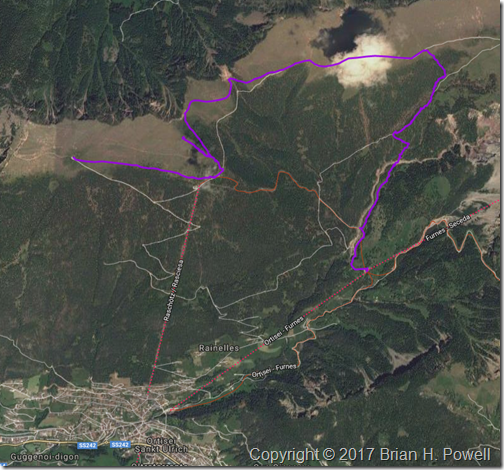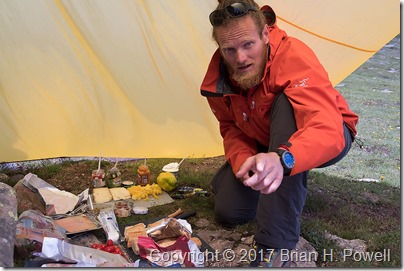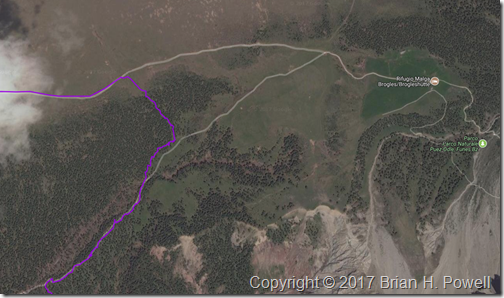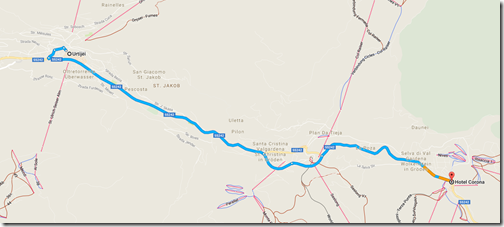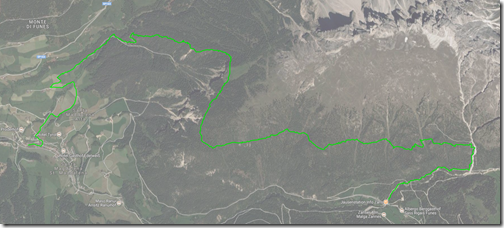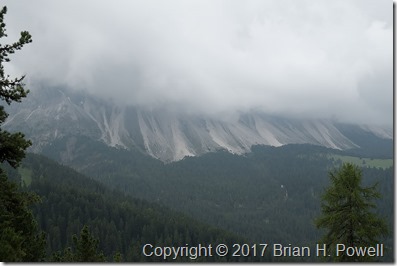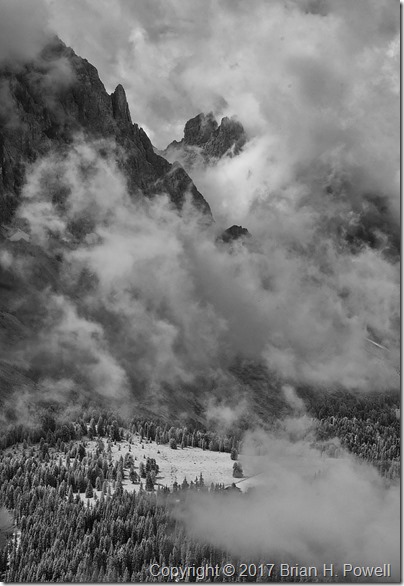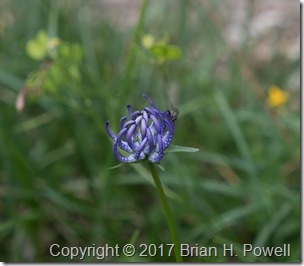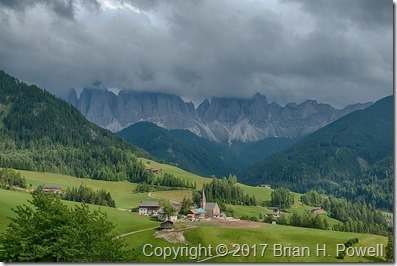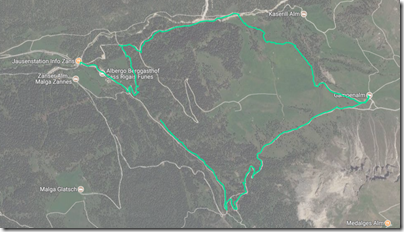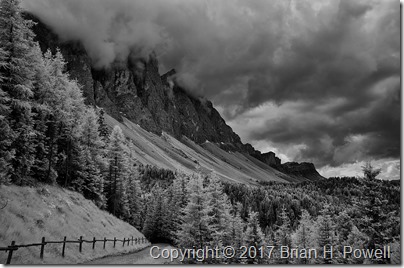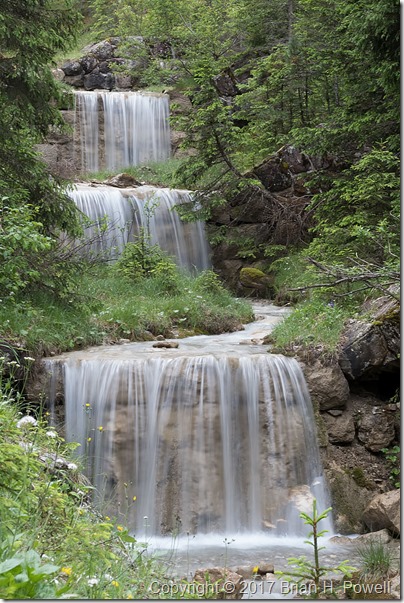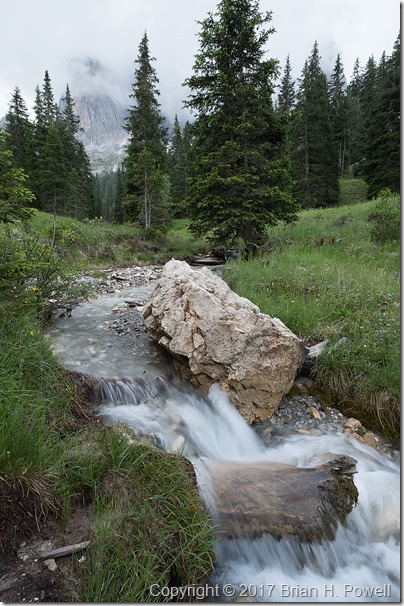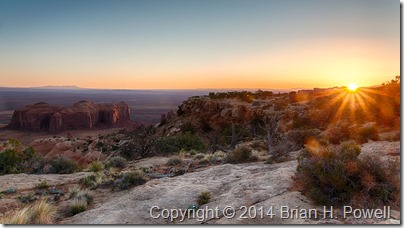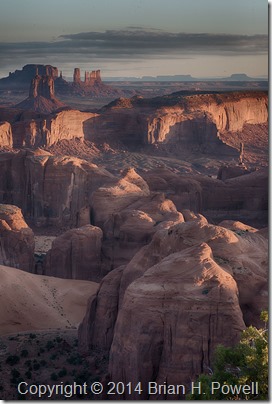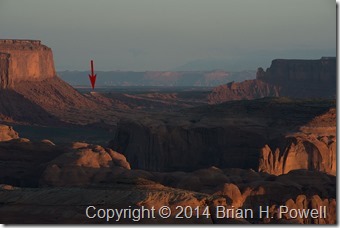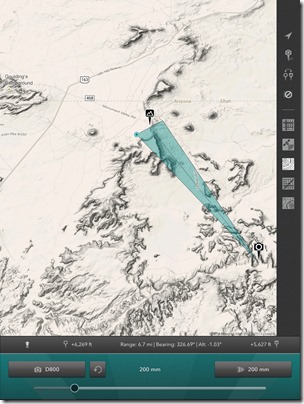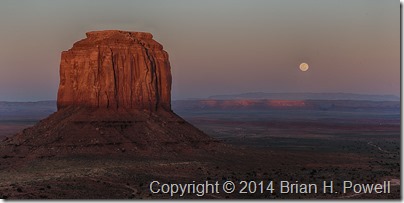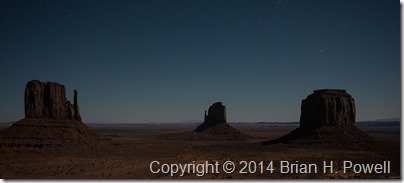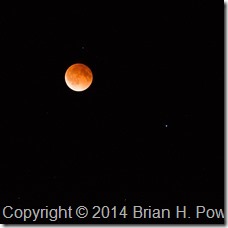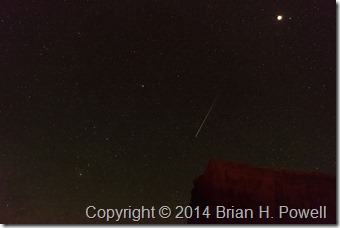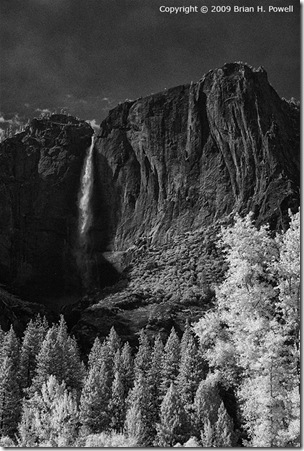Hiking in the Dolomites, Part 6
The Tre Cime de Lavaredo are the three mountain peaks that are the highlight of the Tre Cime Natural Park. (In German, they are called Drei Zinnen.) From the end of the road at Rifugio Auronzo, we began our three mile hike around Tre Cime to Rifugio Locatelli. The hike took us up to 8000 feet, to a saddle between Tre Cime and the nearby Monte Paterno (Paternkofel), where we had lunch. The trail descended from the pass back down a few hundred feet, before ascending again to Locatelli, back at 8000 feet elevation. Temperatures were in the 50’s, and it was somewhat windy.
Shown below, the Locatelli hut, with the Torre di Toblin behind it.
(Click any image to enlarge.)
On the side of the Monte Paterno, we saw some climbers on a Via Ferrata (Italian for “Iron Road”). These are hiking and climbing routes that have a cable, fixed to the rock every few meters. You wear a harness with two carabiners. As you reach one of the iron stays in the rock, you unclip one carabiner and reattach it to the cable on the other side of the stay, then follow with the other carabiner. Thus, you are always attached to the cable.
Many of the Via Ferrata in the Dolomites are left from World War I. The Dolomites were a major battleground in the war between Austria-Hungary and Italy.
In the photo below, you see a couple of people on a fairly flat, easy section of Via Ferrata on Monte Paterno.
We continued on to the Locatelli hut. This is a much larger hut than the Resciesa hut we stayed in earlier—I’d guess they have room for over 100 people. But note that they only have one shower, and it costs €5 to use it for six minutes. (None of our group bothered with a shower that night.)
Many dayhikers come for lunch or dinner in the cafe. Along with a lot of people, we saw a few dogs of all sizes on the trail. Here’s a photo of a beautiful Bernese Mountain Dog.
That night, the barometric pressure began to rise, and we set our alarms in hopes of clear skies for night photography. We got started a little bit late, so this turned into a bit of night photography combined with pre-dawn photography. Here’s a time-lapse sequence showing the transition from night to twilight.
We returned to bed for an hour of sleep before heading out for sunrise. Here’s one of my favorite infrared images of the dawn light hitting Monte Paterno and the Tre Cime.
We returned again to bed for another hour of sleep before breakfast, and then began our hike back to Rifugio Auronzo, where we waited for our taxi that would take us to Cortina.
Up next, Cortina and Venice.

